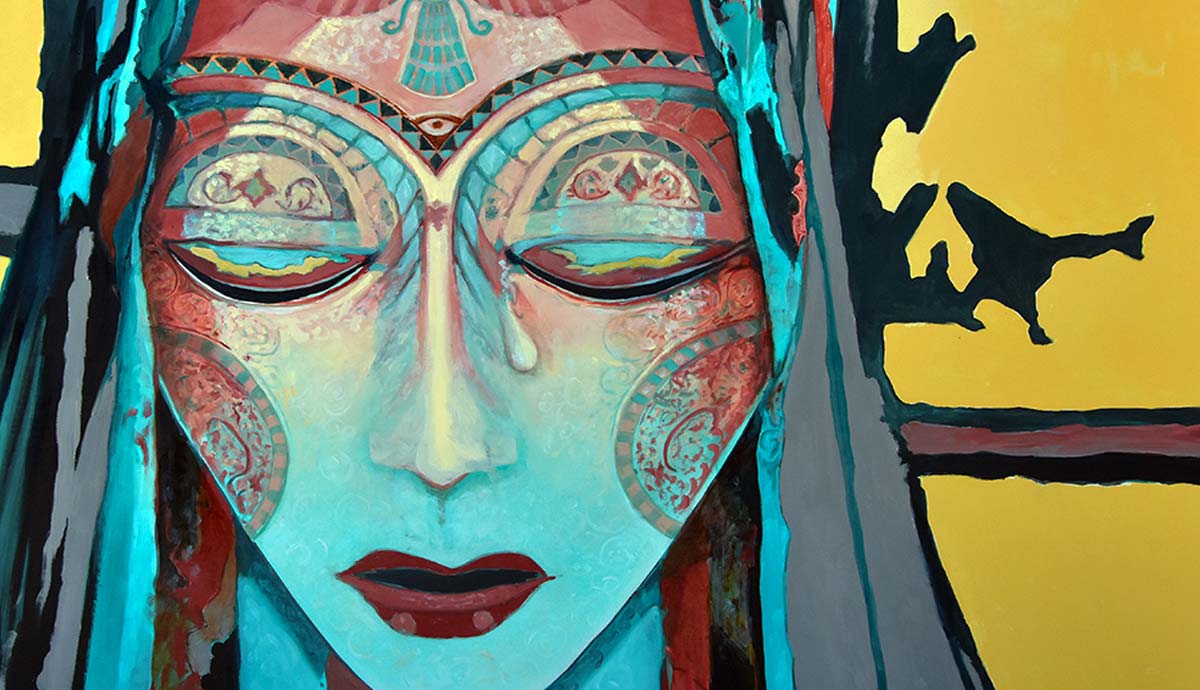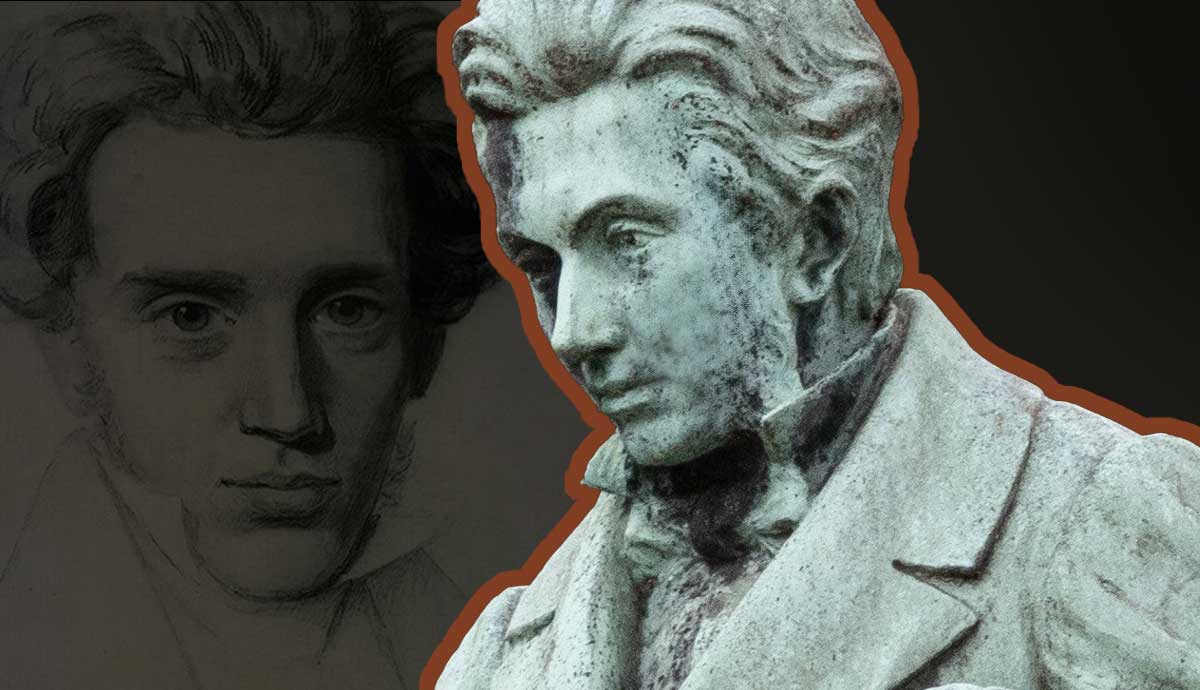
The secrets of who you are and the key to your healing are encrypted in the rich symbols of your dream life. Conjoining the two most powerful methods of Jungian psychology, dream interpretation and active imagination, you can learn to decipher the letters your unconscious sends you every night and integrate their wisdom into your life.
Why Are Your Dreams Important?

Your dreams are a guiding compass that can help you navigate your life, know yourself, and heal. Carl Jung believed that dreams play a vital role in the human psyche. They are not only symbolic manifestations of the contents of your unconscious, but acts whereby your deepest Self evolves and rebalances your psyche.
Dreams, according to Jung, have a compensatory and complementary function in relation to the conscious mind. Whenever a certain pattern manifests one-sidedly in consciousness, its other side manifests in the dreamworld to compensate for it. For example, a person excessively obsessed with being morally righteous may dream of committing the evillest crimes. His deepest Self, encompassing both good and evil, rebalances the one-sidedness of his conscious attitude using dreams. In this example, the person is maintaining a persona (i.e. a false self-image) of moral righteousness while denying his capacity for evil.

His dreams do not only show his shadow (i.e. the part of himself he must accept and integrate), but also compensate for his conscious attitude. Alternatively, dreams may complement a certain situation in consciousness by reenacting it symbolically and revealing the unconscious factors at play, allowing you to understand your experience in a way not otherwise possible.

Jung considered dream work an indispensable catalyst on the path of self-knowledge, healing, and self-realization, known in Jungian psychology as individuation. Healing is to become whole – to consciously integrate all the parts of ourselves that we disown and that our dreams make known. Only then can we become who we truly are. Without understanding what your dreams can offer you, you may not find the motivation to remember and interpret them.
What Is the Core Principle of Jungian Dream Interpretation?

The core principle of Jungian dream interpretation lies in consciously reconnecting with the unconscious to uncover the meanings of a symbol. Dream interpretation is a dialectic process – a conversation between the conscious and the unconscious. All the methods Jung used for dream interpretation served this purpose. His approach to dream interpretation is encapsulated by what he called interpretation on the subjective level, where all figures and elements appearing in a dream are considered personifications and representations of various aspects of the dreamer’s self. All you need to decipher the symbols of your dreams lies in recognizing the parts of yourself they personify and represent, which is only possible by reconnecting with their source – the unconscious.
What Dream Interpretation Methods Did Jung Use?

Jung used numerous dream interpretation methods, including emotional tone, personal associations, and amplification. To start with, you may find it helpful to rewrite your dream as a theatrical play, dividing it into scenes (if applicable) with different settings, characters, and props. After all, Jung described dreams as a ‘theater of self’. This step will help you identify the symbols you will work with as well as the overall story structure of your dream.
When exploring the emotional tone of a dream, ask yourself how each symbol makes you feel and write it down. Next, explore any personal associations you may have with that particular symbol. This method should not be confused with Freudian free association, for the associations should be related to, and restricted by, the dream image you are exploring. Amplification, on the other hand, is a method concerned with the collective unconscious. By delving into how a symbol has been used historically, you can uncover its archetypical meaning.
All these methods peel away layer after layer of meanings by consciously reconnecting a symbol to the unconscious (in both its personal and collective aspects). However, nothing surmounts the interpretive power of reentering a dream in the waking state.
How Can You Re-enter a Dream in the Waking State?

Active imagination opens the door to reentering your dream wide awake. Using active imagination, you can talk with your dream characters and witness dream symbols unveil their rich meanings. Active imagination is the pinnacle and fullest expression of the core principle of Jungian dream interpretation, where the conscious and unconscious merge to reveal the hidden truth behind a symbol. The method works on giving space for your unconscious to express itself, as it does in your dreams, by giving it free rein over your imagination.

After choosing an image from your dream (e.g. a character or an object), close your eyes and focus on it without getting distracted. The image will not remain fixed, and the key is not to interfere with how it may move, morph, or change in your imagination. As Jung explained, the symbol we imagine “gets restless, it shifts, something is added, or it multiplies itself; one fills it with living power” by concentrating upon it in the imagination (Jung, 1930). Effectively, active imagination brings your dream symbol back to life.
It resurrects it, as it were, from a dead memory into a dynamic presence with which you can interact. While you shouldn’t try to control the spontaneous flow of your imagination, you can interact with the images that appear by asking them questions. In the case of a dream character, for example, you can ask questions such as “Who are you?” or “Why are you here?”. The key is to allow the figure to respond as freely and spontaneously as possible without controlling what it may do or say. As Jung tirelessly emphasized, imagination “must be allowed the freest possible play” (1916).
What Is Your Dream Trying to Tell You?

To understand what your dream is trying to tell you, you must identify what conscious situation it is addressing. As previously mentioned, dreams have a compensatory and complementary function, meaning they are always addressing a situation in consciousness. When interpreting a dream, Jung always asked himself “What conscious attitude does it compensate?” (Jung, 1931). All the methods we explored provide sufficient material to answer this question.
A conscious attitude is either lacking, excessive, or balanced. When it is lacking, a dream will compensate for it by reinforcing, affirming, or magnifying it. When it is excessive, a dream will compensate for it by presenting its opposite or exaggerating it. Effectively, your dreams do not only express a problem or situation, but show you how to address it. By thoroughly understanding the conscious attitude that is being compensated, you can determine what your dream is guiding you towards and practically integrate its wisdom into your life.







